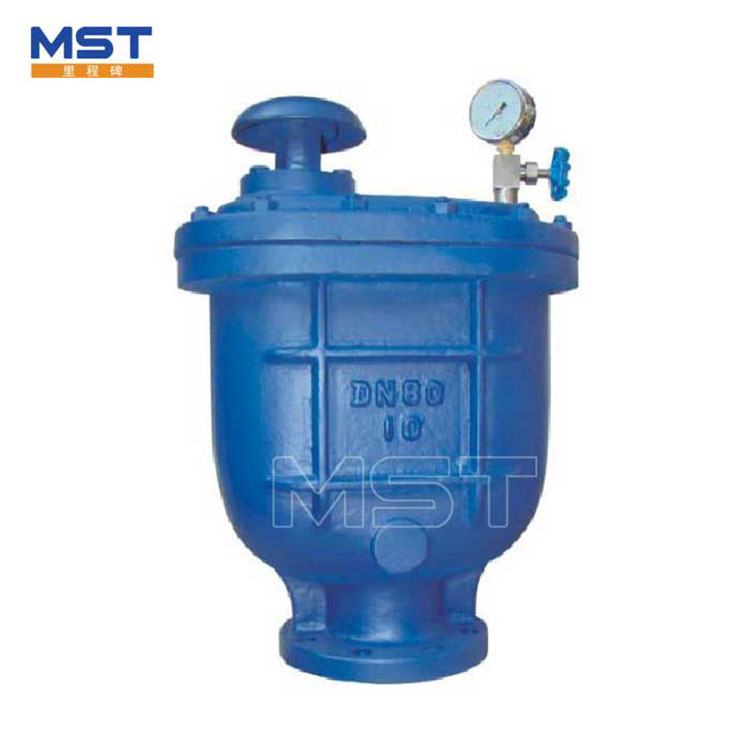 English
English Español
Español  Português
Português  русский
русский  Français
Français  日本語
日本語  Deutsch
Deutsch  tiếng Việt
tiếng Việt  Italiano
Italiano  Nederlands
Nederlands  ภาษาไทย
ภาษาไทย  Polski
Polski  한국어
한국어  Svenska
Svenska  magyar
magyar  Malay
Malay  বাংলা ভাষার
বাংলা ভাষার  Dansk
Dansk  Suomi
Suomi  हिन्दी
हिन्दी  Pilipino
Pilipino  Türkçe
Türkçe  Gaeilge
Gaeilge  العربية
العربية  Indonesia
Indonesia  Norsk
Norsk  تمل
تمل  český
český  ελληνικά
ελληνικά  український
український  Javanese
Javanese  فارسی
فارسی  தமிழ்
தமிழ்  తెలుగు
తెలుగు  नेपाली
नेपाली  Burmese
Burmese  български
български  ລາວ
ລາວ  Latine
Latine  Қазақша
Қазақша  Euskal
Euskal  Azərbaycan
Azərbaycan  Slovenský jazyk
Slovenský jazyk  Македонски
Македонски  Lietuvos
Lietuvos  Eesti Keel
Eesti Keel  Română
Română  Slovenski
Slovenski  मराठी
मराठी  Srpski језик
Srpski језик
Stručná diskuse o rozdílech mezi šoupátky a kulovými ventily na modelech ventilů
2023-09-19
Krátká diskuze o rozdílech mezišoupátkaa kulové ventily na modelech ventilů
Electric gate valves and imported electric stop valves are the two closest electric valves. They are especially suitable for switching and regulating steam, gas, oil, etc. However, if the two are analyzed in detail, there are still many differences. To understand their differences, there are Help users choose and use.
Elektrický ventil označuje jednotku, která používá elektrický pohon k ovládání ventilu pro otevírání a zavírání ventilu nebo jeho nastavení. Lze jej rozdělit na horní a spodní část, horní část je elektrický pohon a spodní část je ventil. Rychlost otevírání a zavírání elektrického šoupátka lze nastavit. Má jednoduchou strukturu a snadno se udržuje. Vzhledem k tlumicím charakteristikám plynu samotného během provozu se snadno nepoškodí v důsledku zaseknutí, ale musí mít zdroj plynu a jeho řídicí systém je složitější než u elektrického ventilu. Elektrické uzavírací ventily a elektrická šoupátka jsou stejného typu ventilů. Skládají se z elektrického pohonu nebo pneumatického pohonu a uzavíracího ventilu. Rozdíl je v tom, že jeho uzavírací částí je těleso ventilu a těleso ventilu se při otevírání otáčí kolem středové osy tělesa ventilu. , uzavřený ventil. Šoupátka se používají hlavně v potrubích k uzavření, distribuci a změně směru proudění média. Jejich rozdíly jsou následující:
1. Různé těsnící plochy
Při otevření a zavření šoupátka jsou těsnicí plochy jádra ventilu a sedla ventilu vždy ve vzájemném kontaktu a třením, takže se těsnicí plocha snadno opotřebovává. Zejména když je ventil v uzavřeném stavu, tlakový rozdíl mezi přední a zadní částí jádra ventilu je velký a opotřebení těsnicí plochy se stává vážnější. ; Jakmile je ventilový kotouč uzavíracího ventilu v otevřeném stavu, nedochází k žádnému kontaktu mezi sedlem ventilu a těsnicí plochou ventilového kotouče. Proto je mechanické opotřebení těsnicí plochy malé. Pokud však médium obsahuje pevné částice, těsnící plocha se snadno poškodí. . Těsnicí plocha šoupátka má určitou samotěsnící schopnost. Jeho jádro ventilu se spoléhá na střední tlak, aby se těsně dotýkal těsnící plochy sedla ventilu, aby bylo dosaženo těsného utěsnění. Sklon jádra ventilu klínového šoupátka je obecně 3 až 6 stupňů. Když je jádro ventilu nuceno nadměrně zavírat nebo se výrazně mění teplota, je snadné uvíznout. Proto vysokoteplotní a vysokotlaký klínšoupátkapřijali určitá konstrukční opatření, aby zabránili uvíznutí jádra ventilu. Těsnicí plocha uzavíracího ventilu musí být nucena uzavřít, aby se dosáhlo utěsnění. Při stejném průměru, pracovním tlaku a stejném hnacím zařízení je hnací moment uzavíracího ventilu 2,5 až 3,5 násobkem momentu šoupátka. Tomuto bodu je třeba věnovat pozornost při nastavování mechanismu řízení točivého momentu elektrického ventilu. Těsnicí plochy uzavíracího ventilu se vzájemně dotýkají pouze tehdy, když jsou zcela uzavřeny. Relativní skluz mezi nuceně uzavřeným jádrem ventilu a těsnicí plochou je velmi malý, takže opotřebení těsnicí plochy je také velmi malé. Opotřebení těsnicí plochy uzavíracího ventilu je většinou způsobeno úlomky před jádrem ventilu a těsnicí plochou nebo uvolněným uzavíracím stavem způsobujícím vysokorychlostní erozi média.
2. Různé struktury
The gate valve has a more complex structure than the globe valve and has a larger height dimension. From the appearance point of view, the gate valve is shorter and taller than the globe valve. In particular, the rising stem gate valve requires a higher height space, which should be paid attention to when selecting the type when the installation space is limited. to
3. Různé průtokové odpory
Když je šoupátko plně otevřené, celý průtokový kanál je rovný. V této době je tlaková ztráta média malá. Ve srovnání s uzavíracím ventilem je jeho hlavní výhodou malý odpor proudění kapaliny. Koeficient průtokového odporu běžného šoupátka je asi 0,08~0,12, zatímco koeficient průtokového odporu běžného šoupátka je asi 0,08~0,12. Koeficient odporu uzavíracího ventilu je asi 3,5~4,5. Otevírací a zavírací síla je malá.Šoupátka are generally suitable for working conditions that do not require frequent opening and closing and keep the gate fully open or fully closed. They are not suitable for adjustment and throttling. The stop valve has a large flow resistance throughout the entire stroke, a large unbalanced force, and the required driving force or torque is correspondingly much larger. But it is very suitable for regulating and throttling fluids. For high-speed flowing media, when the gate is partially opened, it can cause vibration of the valve, and vibration may damage the sealing surface of the gate and valve seat. Throttling will cause the gate to be eroded by the medium.
4. Různé itineráře
Zdvih šoupátka je větší než zdvih kulového ventilu. na
5. Different flow directions
When the stop valve is installed, the medium can enter from the bottom of the valve core or from the top. The advantage of the medium entering from the bottom of the valve core is that the packing is not under pressure when the valve is closed, which can extend the service life of the packing, and the packing can be replaced when the pipeline in front of the valve is under pressure. The disadvantage of the medium entering from the bottom of the valve core is that the driving torque of the valve is large, about 1.05~1.08 times that of entering from above. The axial force on the valve stem is large and the valve stem is easy to bend. For this reason, the method of medium entering from below is generally only suitable for small diameter stop valves (below DN50). Stop valves above DN200 all use the method of medium flowing in from above. Electric stop valves generally use the method of medium entering from above. The disadvantages of media entry from above are exactly opposite to those of media entry from below. The flow direction of the gate valve has the same effect from both sides. Compared with gate valves, the advantages of stop valves are simple structure, good sealing performance, and convenient manufacturing and maintenance; the disadvantages are large liquid resistance and large opening and closing force.
6. Různé postupy údržby
The maintenance of gate valves is not suitable for on-site pipelines, but the valve seats and discs of most stop valves can be replaced online without removing the entire valve from the pipeline. This is suitable for occasions where the valve and pipeline are welded together. is very suitable. Of course, there are more differences between gate valves and globe valves than these. We must distinguish their similarities and differences well during selection and use to avoid mistakes. The application range of globe valves and gate valves is determined based on their characteristics. In smaller channels, when better shut-off sealing is required, stop valves are often used; in steam pipelines and large-diameter water supply pipelines, since fluid resistance is generally required to be small, šoupátka Jsou používány.





